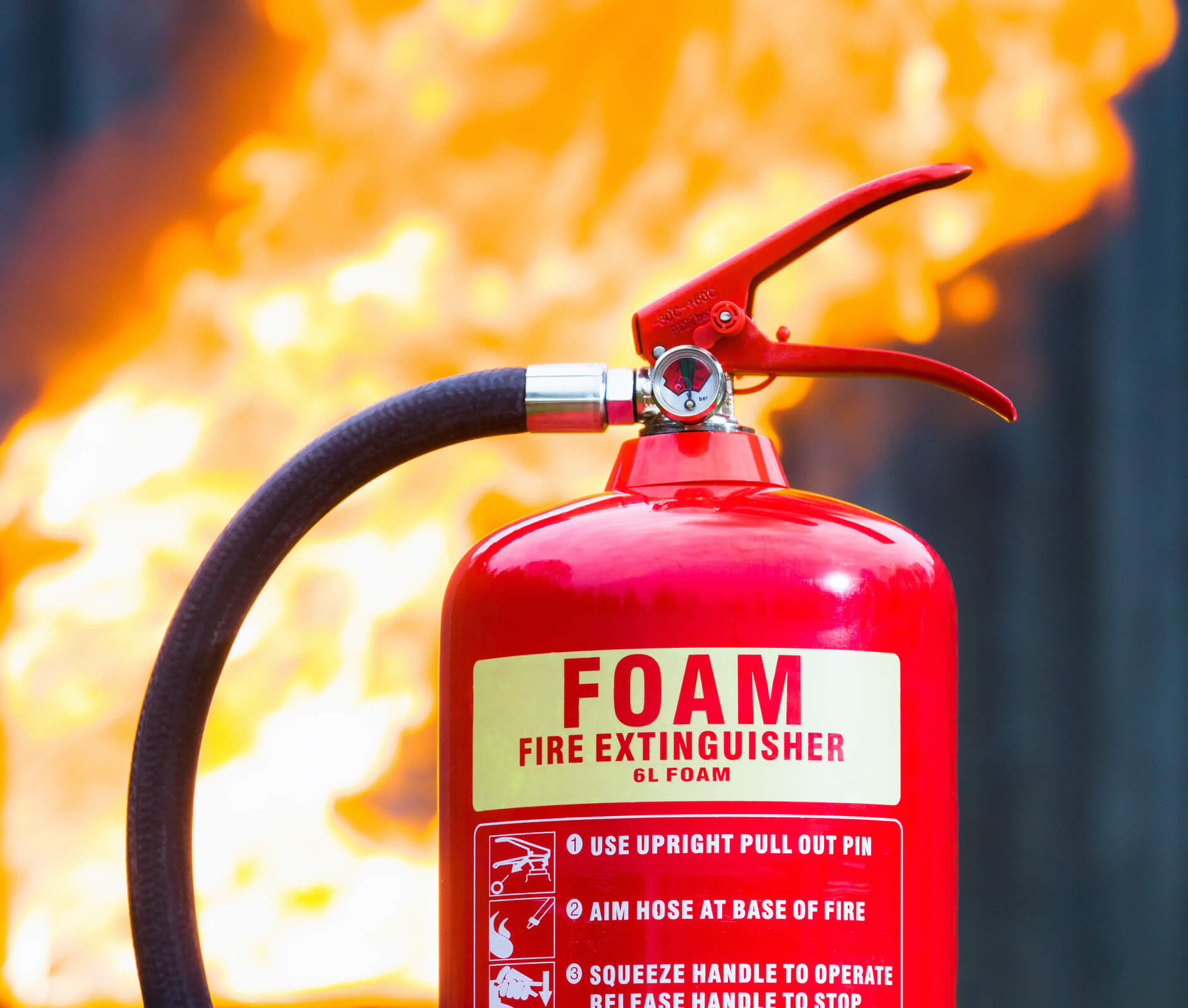
28 April 2021
Unbeatable fire safety in the UK
or Call us on 0800 294 6726

28 April 2021
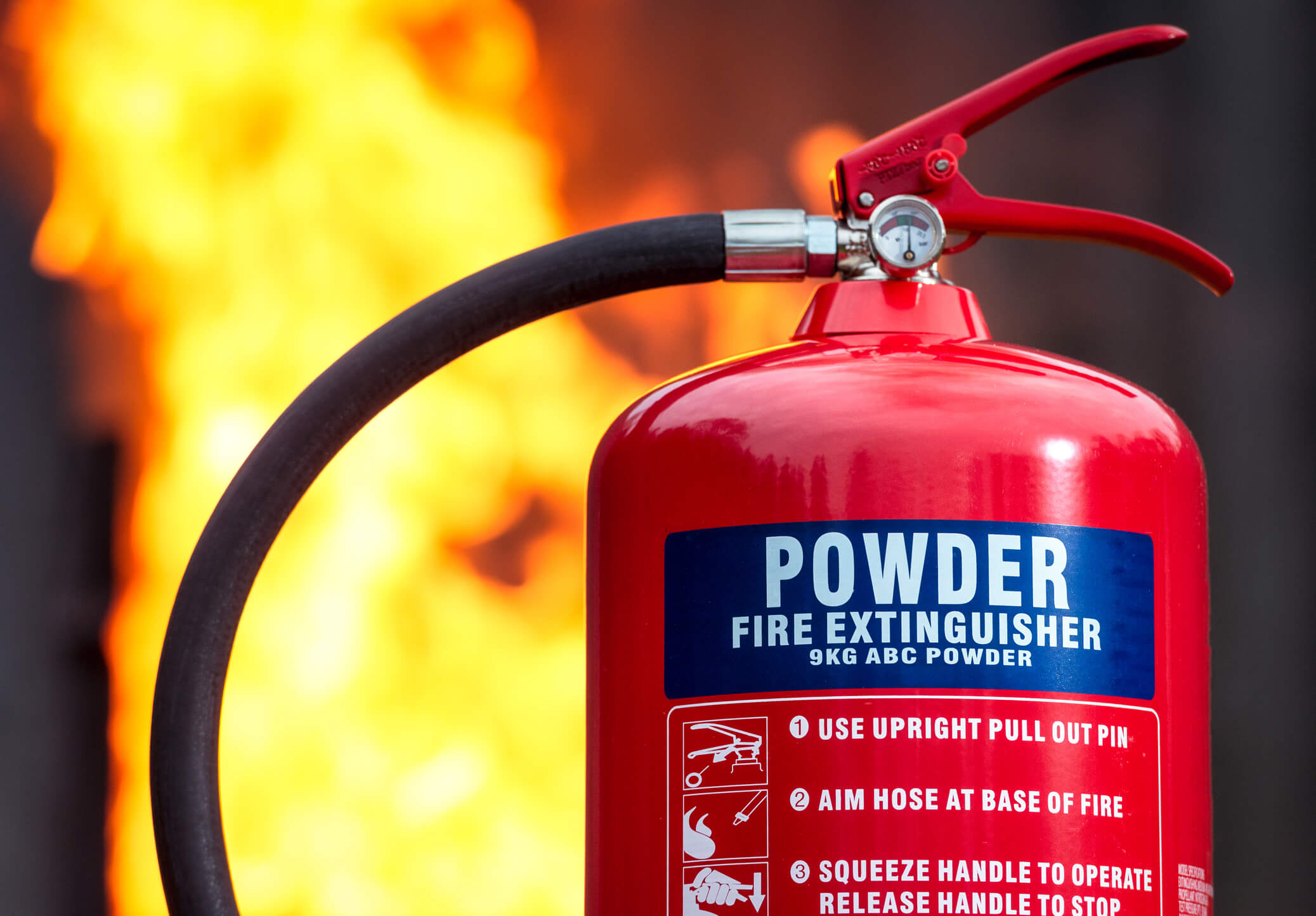
28 April 2021
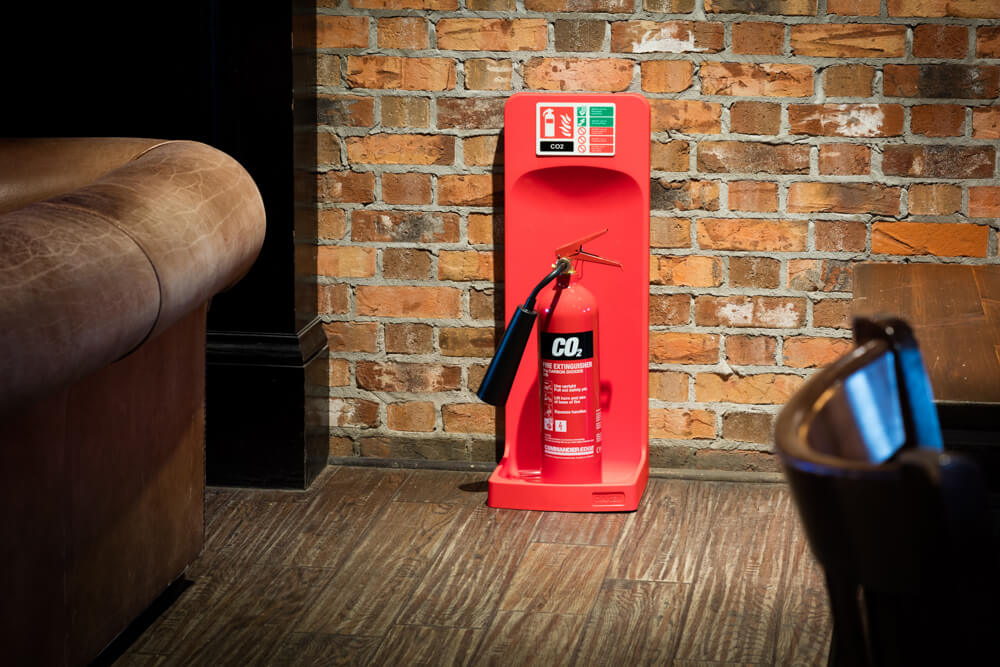
28 April 2021
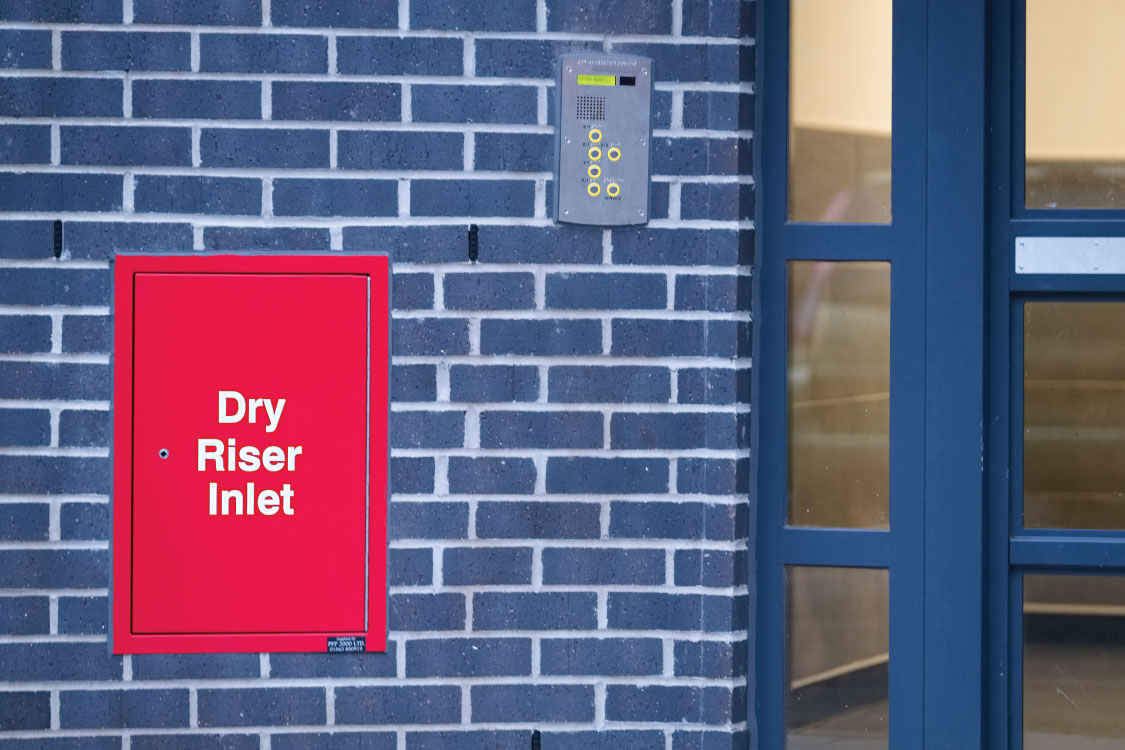
12 April 2021
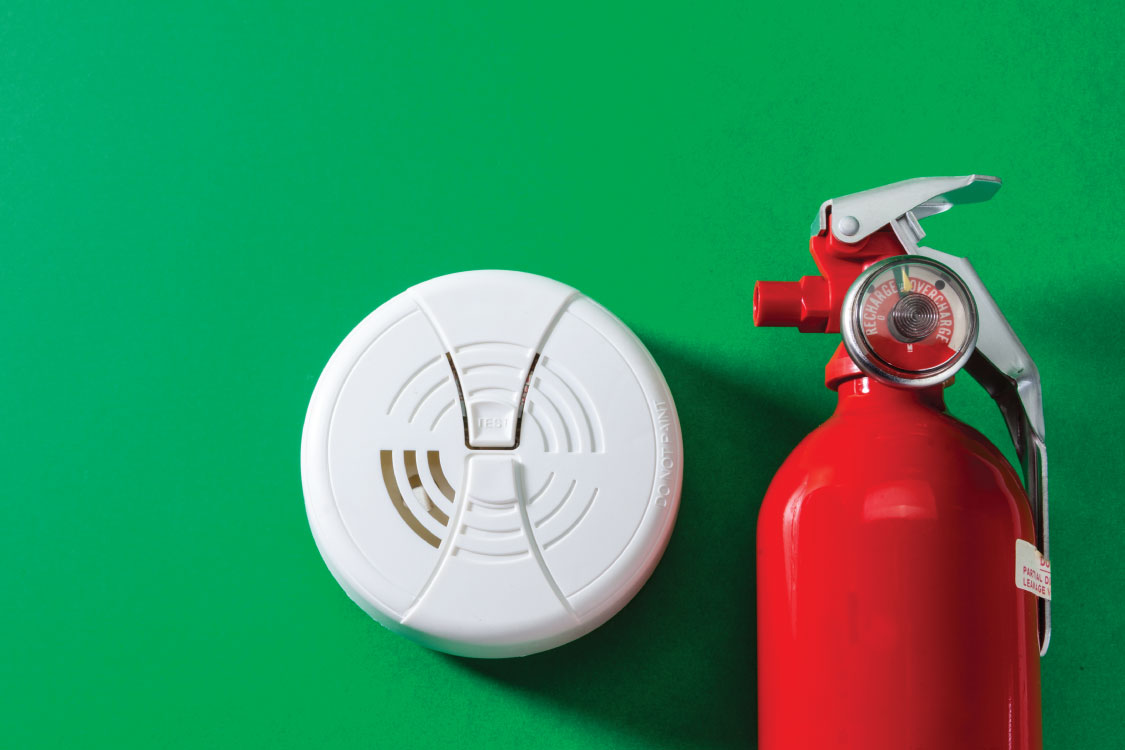
31 March 2021
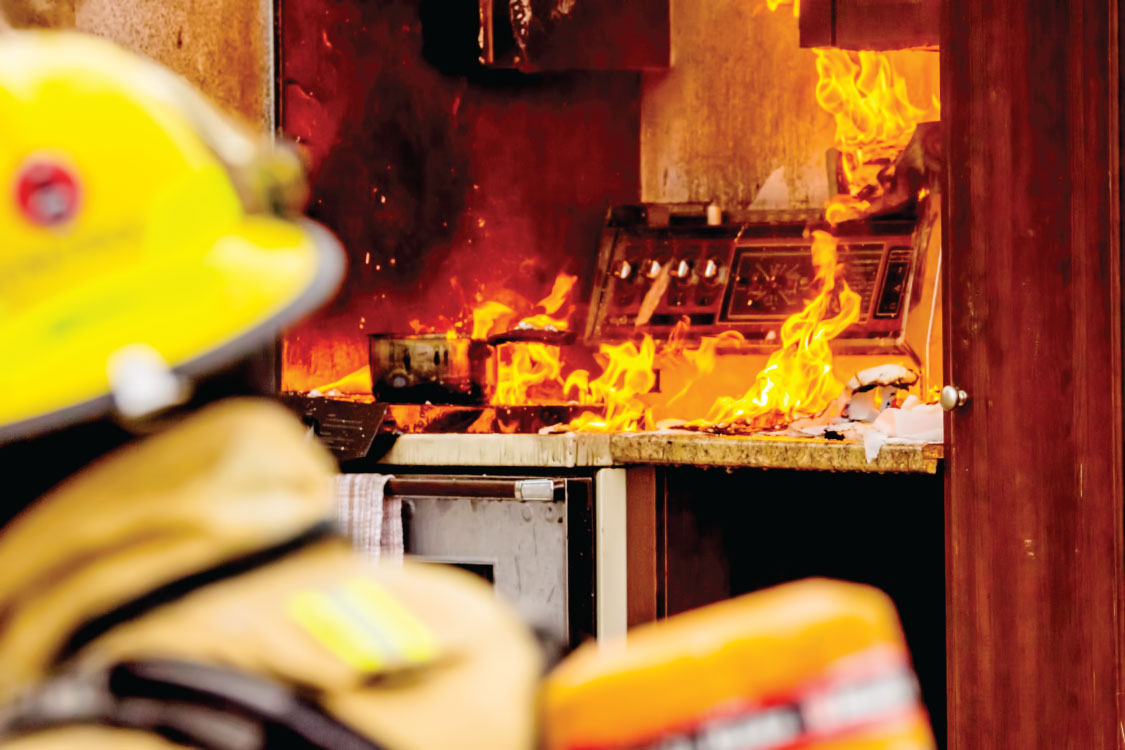
26 March 2021
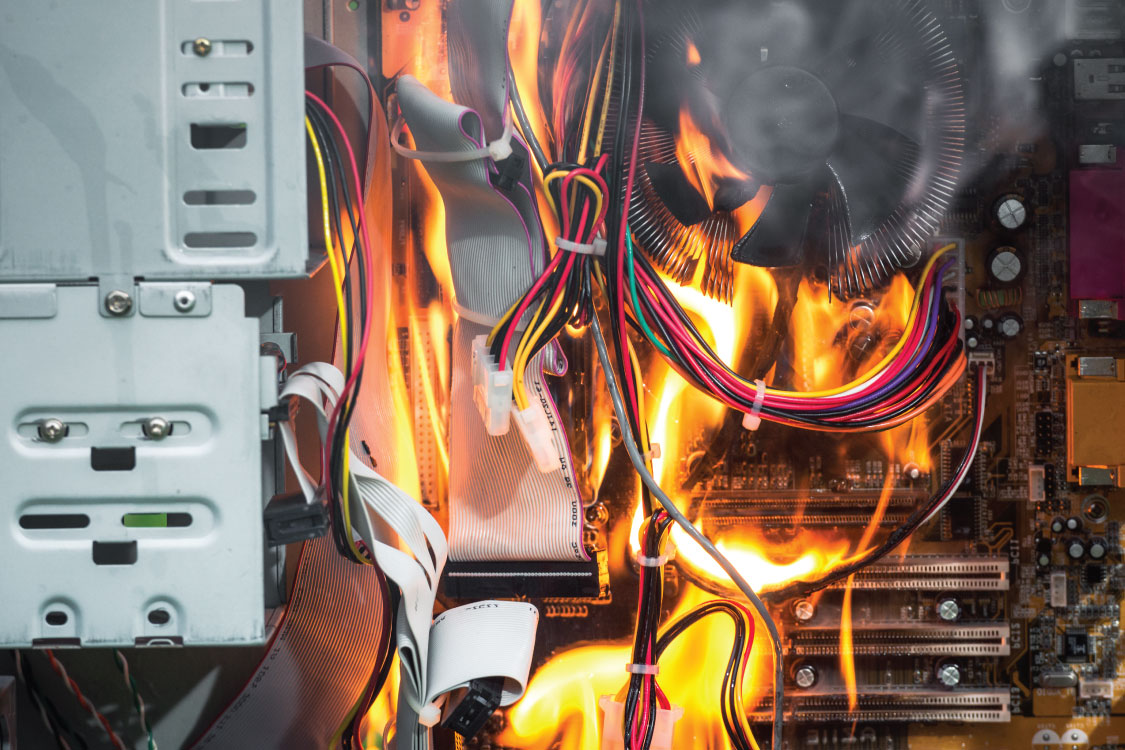
26 March 2021
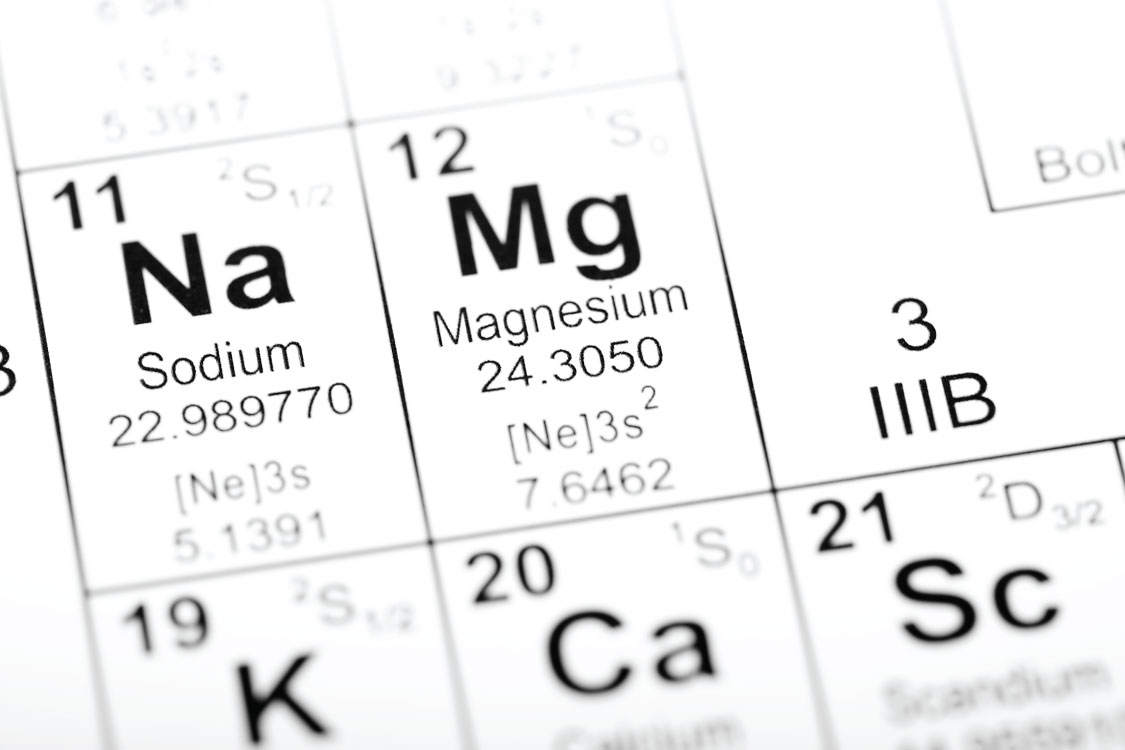
26 March 2021

26 March 2021
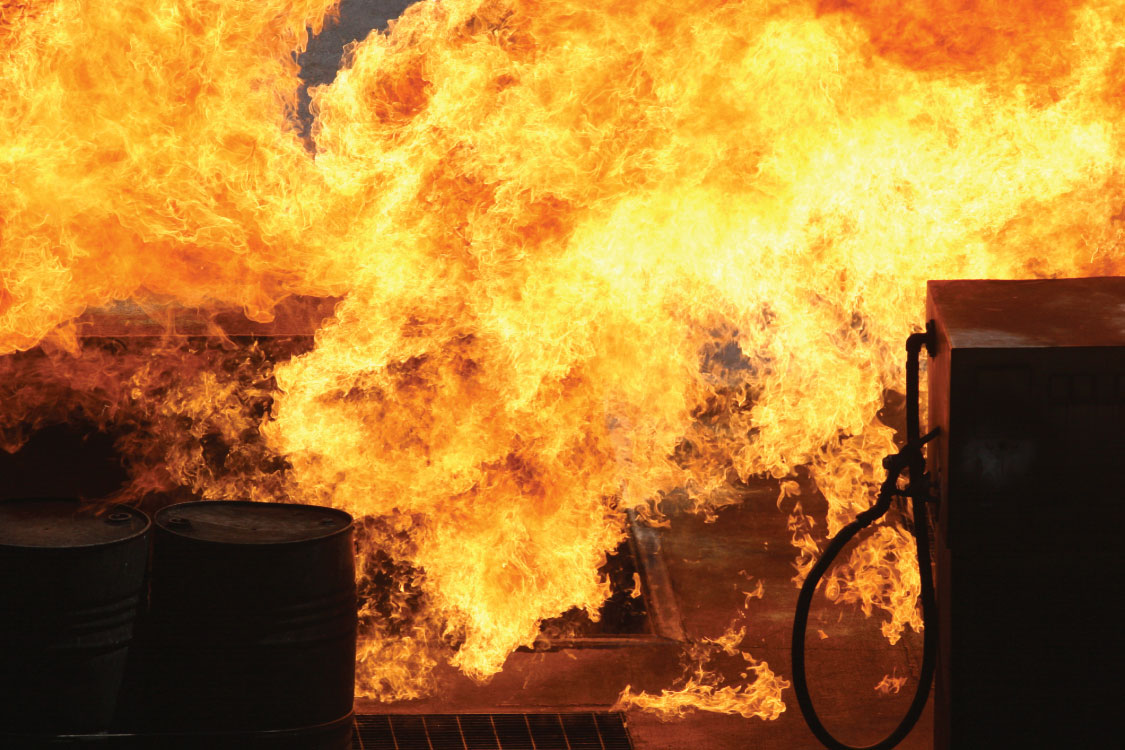
26 March 2021